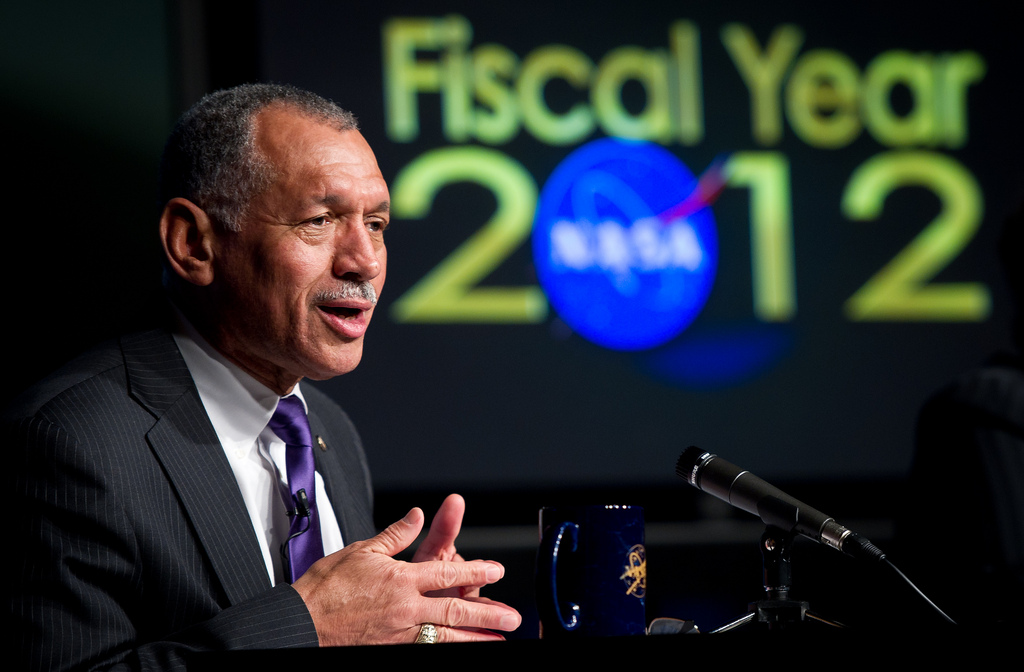NASA Staff Changes Shake Up Space Agency's Senior Management

NASA has made a big change to its upper management team, space agency chief Charles Bolden announced today (Feb. 21).
According to Bolden, who serves as NASA's administrator, the agency's associate administrator Chris Scolese will depart headquarters to lead NASA's Goddard Space Flight Center in Greenbelt, Md. Taking over as acting associate administrator will be Robert Lightfoot, currently director of the agency's Marshall Space Flight Center in Huntsville, Ala. Both changes will take effect March 5.
Scolese, who has been with NASA since 1987, succeeds Robert Strain, who announced in January that he would leave Goddard and return to working in private industry. Lightfoot joined NASA in 1989; his deputy, Gene Goldman, will serve as Marshall's acting director, officials said.
"Both Chris and Robert are dedicated public servants who have a passion for NASA and exploration," Bolden said in a statement. "We are fortunate to have such talented and experienced leaders who are capable of assuming these critical responsibilities during this important time."
As associate administrator, Lightfoot will be responsible for overseeing and integrating NASA's efforts in human spaceflight, science and aeronautics.
At Goddard, Scolese will lead a major U.S. laboratory that develops and operates a variety of unmanned scientific spacecraft. Goddard manages many of NASA's robotic Earth observation, astronomy and space physics missions. The center was established in 1959 as NASA's first spaceflight facility.
The personnel changes come shortly after NASA's budget outlook for next year was released. Last week, President Barack Obama announced his federal budget request for fiscal 2013, which runs from Oct. 1, 2012 through Sept. 30, 2013.
Breaking space news, the latest updates on rocket launches, skywatching events and more!
Obama allocated $17.7 billion to the space agency, keeping its budget relatively flat compared to this year's $17.8 billion. But Obama's request cut NASA's planetary science programs by 20 percent, casting doubt on the agency's ability to mount ambitious and expensive unmanned missions to other planets in the near future.
Follow SPACE.com for the latest in space science and exploration news on Twitter @Spacedotcom and on Facebook.

Space.com is the premier source of space exploration, innovation and astronomy news, chronicling (and celebrating) humanity's ongoing expansion across the final frontier. Originally founded in 1999, Space.com is, and always has been, the passion of writers and editors who are space fans and also trained journalists. Our current news team consists of Editor-in-Chief Tariq Malik; Editor Hanneke Weitering, Senior Space Writer Mike Wall; Senior Writer Meghan Bartels; Senior Writer Chelsea Gohd, Senior Writer Tereza Pultarova and Staff Writer Alexander Cox, focusing on e-commerce. Senior Producer Steve Spaleta oversees our space videos, with Diana Whitcroft as our Social Media Editor.
